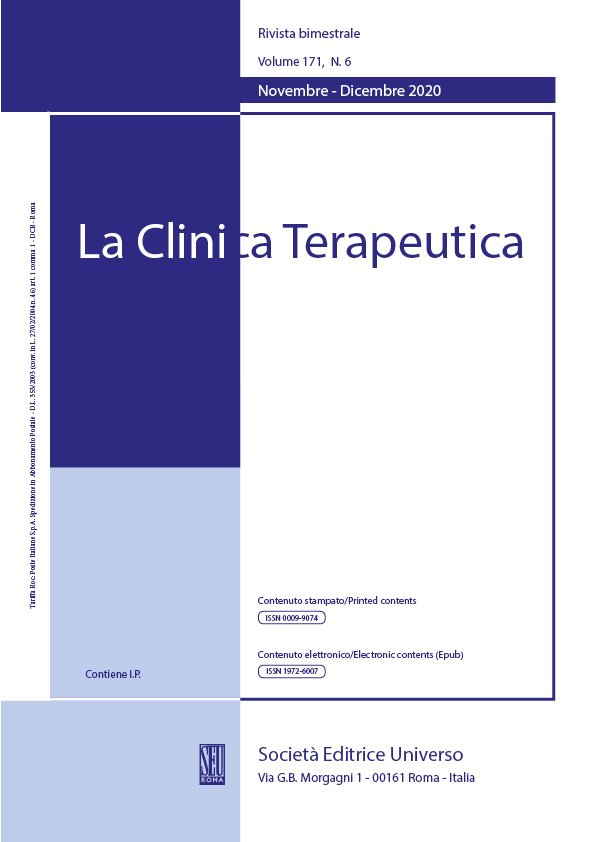Abstract
The results of mechanical thrombectomy (MT), without or with intravenous thrombolysis, were evaluated and compared in 178 patients with acute ischemic stroke (AIS) due to large vessel occlusions (LVO) at Bach Mai Hospital.
Methods: A total of 178 patients with AIS due to LVO were assigned to undergo MT alone (MT-alone group) or MT preceded by intravenous alteplase (the combined group), at a dose of 0.9 mg per kilogram, administered within 4.5 hours after symptom onset (combined group). The successful recanalization rate (assessed as thrombolysis in cerebral infarction [TICI] classification of 2b–3) and the incidence of good clinical recovery outcomes (modified Rankin Scale [mRS] ≤2) after 3 months were analyzed in both groups and compared.
Results:
A total of 178 patients were enrolled (median age, 65 years; 55% men; median National Institutes of Health Stroke Scale [NIHSS]: 14.3). Favorable outcomes were reported in 76 patients (66.7%) in the MT-alone group and 42 patients (65.6%) in the combined group, with no significant between-group difference (P = 0.31 for noninferiority). However, MT alone was associated with a lower percentage of patients with successful reperfusion after MT compared with the combined group (87.7% vs. 90.6%). Mortality at 90 days was 12.2% (14 patients) in the MT-alone group and 17.2% (11 patients) in the combined group. The incidence of symptomatic intracerebral hemorrhage was not significantly different between groups (6 [5.3%] vs. 1 [1.6%]; P = 0.42).
Conclusion: Among patients with AIS due to LVO in our study, MT alone was noninferior in terms of functional outcomes compared with MT preceded by the administration of intravenous alteplase within 4.5 hours after symptom onset.

